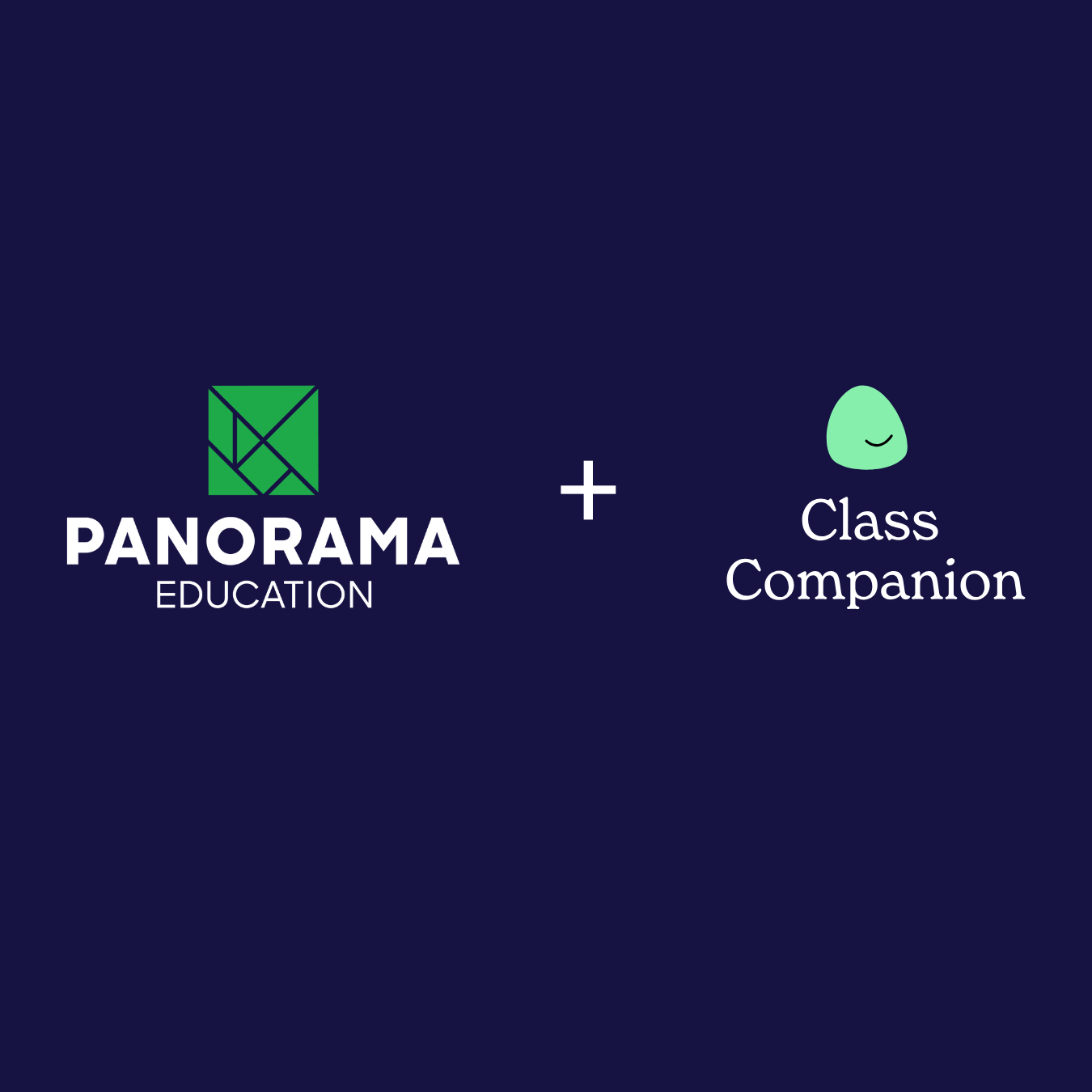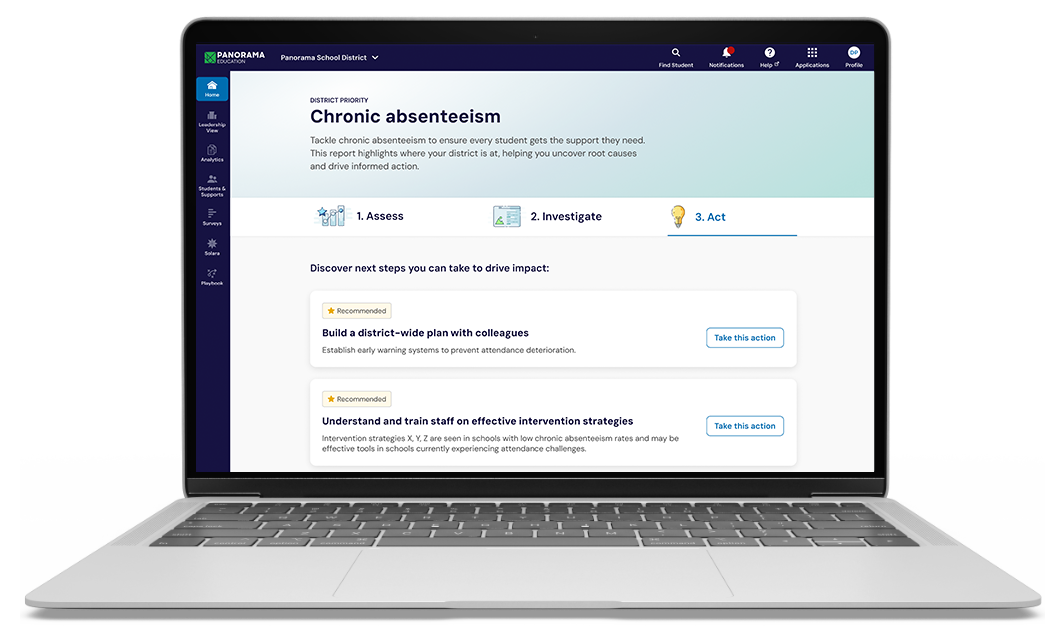Across the country, tutoring has become one of the most urgent priorities in education. Since the COVID-19 pandemic, student achievement in reading and math has dropped to historic lows, and educators are working against the clock to close widening gaps. Research shows that high-dosage, personalized tutoring is one of the most effective interventions to accelerate learning.
But districts face a difficult reality: staffing shortages, limited budgets, and the sheer scale of need make it nearly impossible to provide one-on-one tutoring for every student. This is where AI-powered tutoring technology enters the conversation.
By offering personalized feedback, real-time practice, and data-driven insights, AI tutors can extend the reach of human educators and sustain student engagement between teacher interactions. Rather than replacing the vital role of human connection, AI tutoring helps schools bring high-impact strategies to scale so teachers can focus on instruction and relationship-building.
Read on to explore how AI tutors are reshaping K–12 classrooms, what distinguishes them from traditional tutoring, and how district leaders can harness these tools responsibly to boost outcomes for all students.
Build Your AI-Ready Classroom With Our Free Toolkit
What Is an AI Tutor?
An AI tutor helps students learn by providing feedback, adjusting practice problems to their level, and tracking their progress. AI tutors can analyze student responses, identify learning patterns, and adjust instruction as needed. The goal of an AI tutor is not to provide the student with an answer, but rather with the tools and knowledge to reach that answer.
Some AI tutors integrate with districtwide learning management systems and assessment platforms to work with real student data. In this case, the support each student receives is based on their performance history, learning preferences, and academic needs identified through classroom assessments.
Why Are AI Tutors Important in K-12 Education Right Now?
In an education system marked by staffing shortages, overwhelming workloads per staff member, and widening achievement gaps, providing personalized instruction is nearly impossible. Over 80% of teachers report not having enough time to complete their admin tasks, let alone offer one-on-one tutoring. Yet research consistently shows that immediate feedback through one-on-one or small-group sessions (also known as high-dosage tutoring) improves learning outcomes.
K-12 tutoring technology fills this gap by delivering personalized support at scale, maintaining student engagement between teacher interactions, and ensuring no learner falls through the cracks while educators focus on high-impact instruction. Rather than waiting days for graded assignments or competing for limited teacher attention, students can receive feedback immediately.
AI Tutors vs. Human Tutors
AI tutors are built to help human educators, so that teachers can spend more time building real relationships with their students and providing high-level instruction.
There’s no question that human tutors bring irreplaceable qualities to education. They motivate struggling students through difficult concepts, guide complex reasoning that requires cultural context or creative thinking, and address the nuanced learning challenges beyond academics. Human educators read emotional cues, knowing when to push harder or provide comfort, and they develop the life skills that prepare students for success beyond the classroom.
An AI tutor, on the other hand, provides rubric-aligned feedback, streamlining this process; additionally, an AI tutor offers the same attention to the 30th essay as the first.
Human expertise augmented with AI helps ensure that every student receives personalized support and human connection, ultimately leading to stronger academic outcomes and more confident, capable learners.
AI Tutoring in K-12 Classrooms
AI tutoring platforms operate as teacher-controlled tools that enhance classroom instruction. The feedback generated by AI can align with district and state standards to keep instruction consistent.
Teachers can review, modify, or override any AI-generated feedback before it reaches students. For example, accommodation tracking is when the AI system gives students their required accommodations, such as modified instructions, extended time, or text-to-speech support, and tracks when they take place.
6 Benefits of AI Tutoring Technology
Successful AI tutor integration hinges on selecting the right platform and ensuring that your implementation enhances, rather than replaces, human instruction. Here are seven ways AI tutoring transforms classroom dynamics and drives better outcomes:
1. More Efficient Session Planning
Personalized materials and lesson plans can be prepared more quickly when AI tools help generate differentiated content and practice activities tailored to individual student needs.
2. Improved Student Feedback Quality
Students receive more detailed feedback when AI tools help craft responses that address individual learning patterns and provide clear next steps.
3. More Time for Direct Instruction
More time can be dedicated to direct instruction and relationship-building when AI tools handle routine tasks such as creating worksheets, progress summaries, and communication with families.
4. Increased Student Engagement
The adaptive challenges created by AI help students stay motivated through incremental wins and progress monitoring. It also helps advanced learners tackle bonus challenges if they need them.
5. Time Recovery for Teachers
Teachers save hours of work weekly on routine tasks such as grading and feedback, redirecting that time to small-group instruction and family communication.
6. Consistent Quality Across Classrooms
Every student gets the same level of instruction, practice, and grading, whether they have a first-year teacher or a 20-year veteran. The AI provides identical explanations, hints, and assessments to all students working on the same material.
How to Choose and Implement an AI Tutoring Platform
Districts launching AI tutoring programs must train teachers, connect new software to existing systems, plan budgets, and track how students are progressing. The following tactics help district leaders make data-informed choices in their schools’ best interests.
Choose Platforms with Robust Security Standards
Prioritize vendors with SOC 2 Type 2 certification, FERPA compliance, and district data control guarantees. Require explicit documentation showing where data is stored, who has access, and how it's protected.
Invest in Comprehensive Professional Development
Districts should provide hands-on training before implementing AI tutors, covering how to set up student accounts, read progress dashboards, adjust difficulty settings, and troubleshoot common tech issues. Schedule regular refreshers where teachers share what works and solve problems together. Pair new users with experienced teachers who already use the system well.
Start with Pilot Programs and Gradual Rollouts
Test with willing early adopters, gather feedback, and refine implementation before district-wide deployment. Select 2-3 schools with engaged principals and tech-comfortable teachers for semester-long pilots.
Establish Clear Integration Protocols
Work with IT teams to create seamless data flows and minimize teacher workflow disruption. Map current data systems before selecting vendors, prioritize platforms with robust APIs and single sign-on capabilities, and test integration thoroughly during pilot phases.
Create Measurable Success Metrics
Set tangible targets such as "reduce grading time by 5 hours weekly," "increase math proficiency scores by 15%," or "improve assignment completion rates by 25%." Track metrics monthly and adjust based on data.
Maintain Human-Centered Implementation
Help teachers understand that AI tutors are instructional support tools that amplify their expertise. Share concrete examples of how the technology handles such routine tasks as lesson plan creation, grammar feedback, or math problem checking, so teachers can focus on higher-value work like facilitating discussions, mentoring students, and designing creative projects.
Panorama Solara with Class Companion
The promise of AI tutoring isn’t automation—it’s amplification. When technology supports teachers rather than replacing them, every student benefits. With the right tools, educators can provide personalized feedback faster, focus on deeper instruction, and build stronger relationships with their students.
That’s the power of Panorama Solara + Class Companion. Together, they help districts deliver the benefits of AI tutoring—personalized practice, immediate feedback, and data-driven insight—within a trusted, teacher-led platform.





.jpg)

